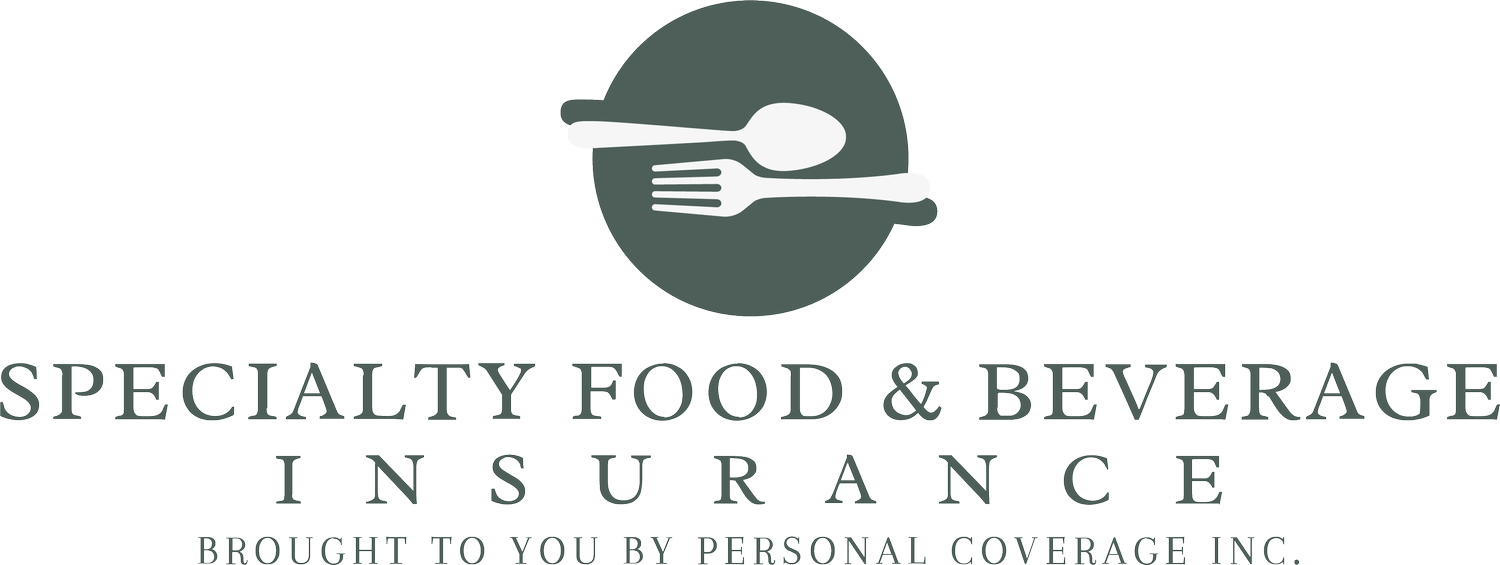Certificates of Insurance
Specialty food and beverage manufacturers, importers and distributors are well aware of the need for the all important “COI”. A company called Acord produces The Certificate of Liability Insurance (technical name) as a standardized form used by the insurance industry.
If you really want to geek out the form is the Acord 25 which you can see in the lower left corner along with the version date. There have been changes to this form over the years.
More Than Meets the Eye
Certificates of Insurance DO NOT grant coverage. At the end of the day the insurance policy, in which the COI is just a snapshot, is the source of insurance coverage.
The large description box allows for all kinds of wording additions, but will not change the policy. If additions to this section are not in the policy, coverage does not apply.
In the top third of the COI ( Acord 25 (2016/3) there are disclaimers.
The first sentence in the top box reads: THIS CERTIFICATE IS ISSUED AS A MATTER OF INFORMATION ONLY AND CONFERS NO RIGHTS UPON THE CERTIFICATE HOLDER.
Goes onto say the certificate does not amend, extend or alter coverage.
Then three sentences:
IMPORTANT: If the certificate holder is an ADDITIONAL INSURED, the policy(ies) must have ADDITIONAL INSURED provisions or be endorsed. If SUBROGATION IS WAIVED, subject to the terms and conditions of the policy, certain policies may require an endorsement. A statement on this certificate does not confer rights to the certificate holder in lieu of such endorsement(s).
A contract, agreement, permit (some require this in writing) requesting this coverage may need to be in place for these to apply. Wording can vary by company.
Take a look at a recent COI and you will see the full disclaimers making the certificate a representation of coverage, not coverage itself.
Business Risk and Indemnification
Vendor agreements often contain indemnification clauses. The function of insurance is to provide money for these clauses. However, insurance policies do not pay for everything. Indemnification clauses can be broader than insurance language.
For example, agreeing to indemnify a vendor for “any and all costs” is very broad. Insurance primarily pays for bodily injury, property damage and defense costs but some indemnity clauses literally take the “kitchen sink” approach. Insurance and kitchen sink clauses don’t always match up so understand your business risk.
What Can You Do?
Understand the linkage between your insurance and your vendor agreements. Hold harmless and indemnification clauses link to the paragraphs about insurance but Insurance does necessarily cover all the things you agree to. If you are managing your own certificates of insurance via an online portal be sure you understand what all the boxes mean.
If you want some more COI info here is an older blog article for some nuts and bolts information.
Get Some Help
The danger of over simplification is all around us. There are trade offs in the COI process between business risk, contract risk, selling product, insurance terms/conditions and convenience.

